The L-catfishes or Loricariidae from South America belong to the most popular and most desired catfishes for the aquarium. However, even experienced aquarists have hardly ever had the opportunity to see a living representative of the genus Astroblepus.
It is the only genus of the family Astroblepidae, the closest relatives of the Loricariidae, distinguished from the latter by their naked body. In contrast, the Loricariidae have a bony carapace that encases the body. Nevertheless, the Astroblepidae were still listed by Regan (1904) only as a highly specialized subfamily to the Loricariidae, so strong are the other similarities of the two catfish groups.
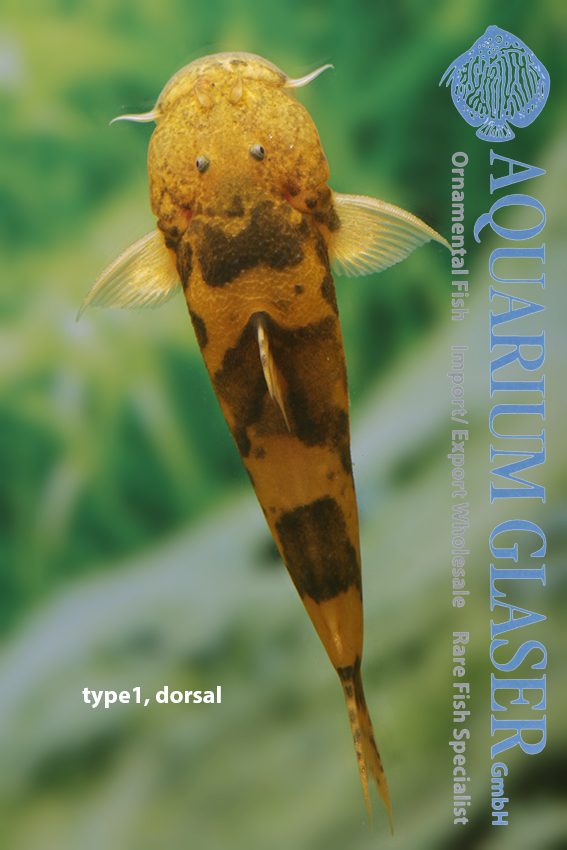
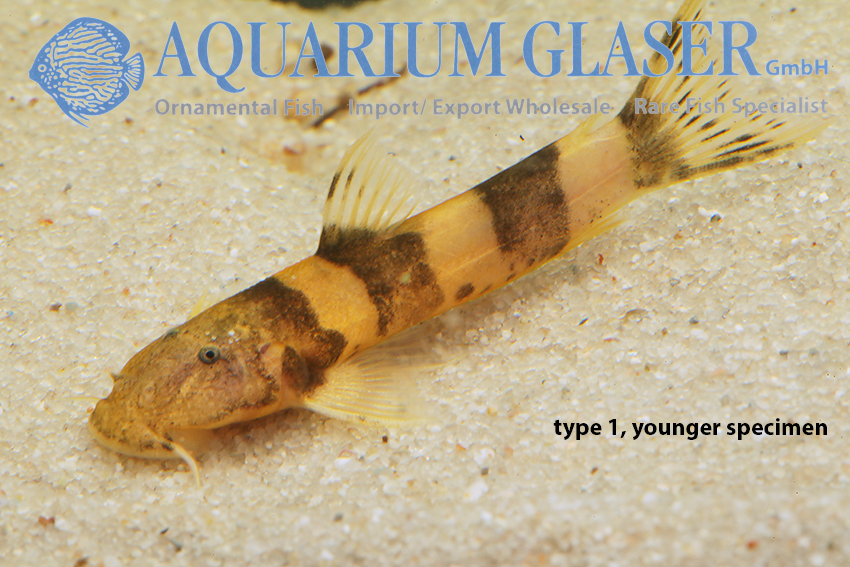
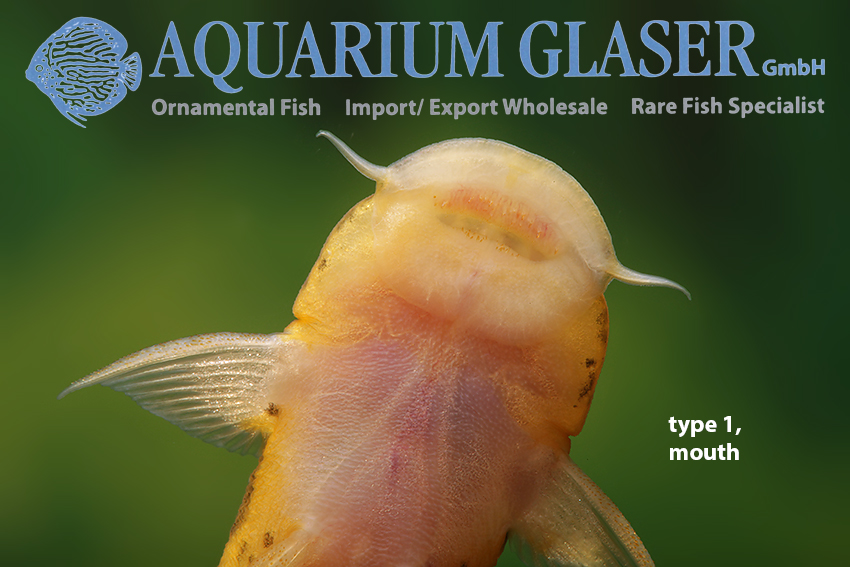
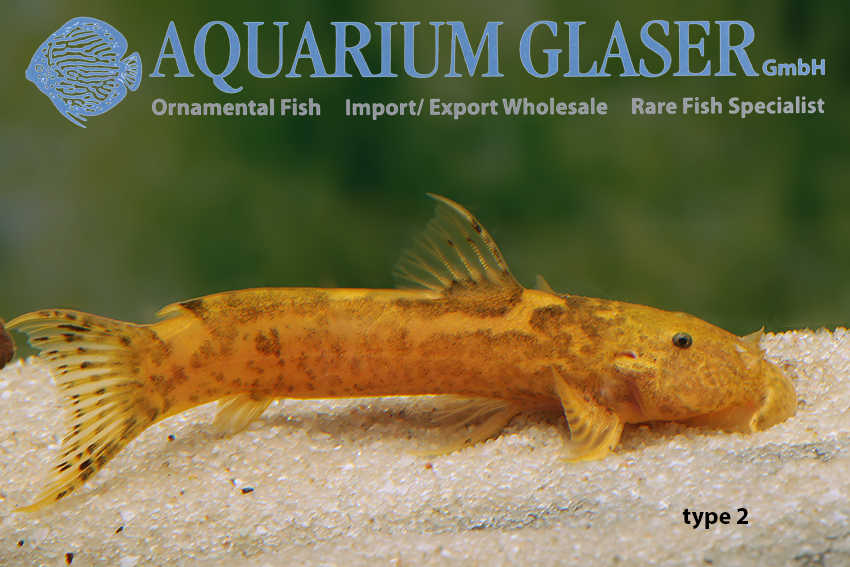
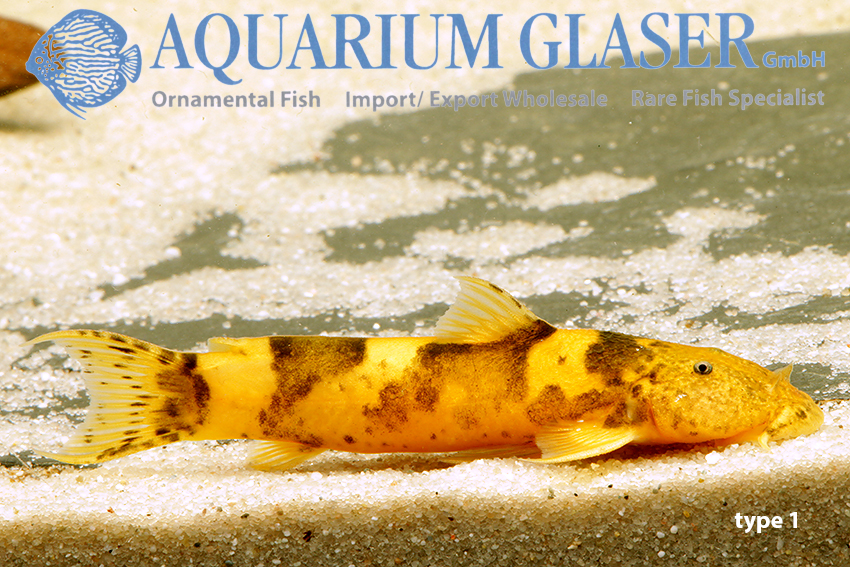
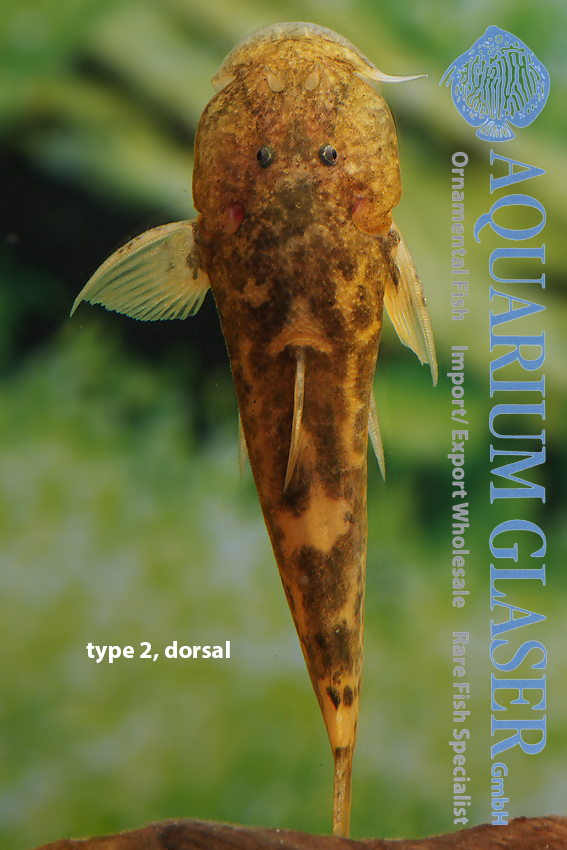
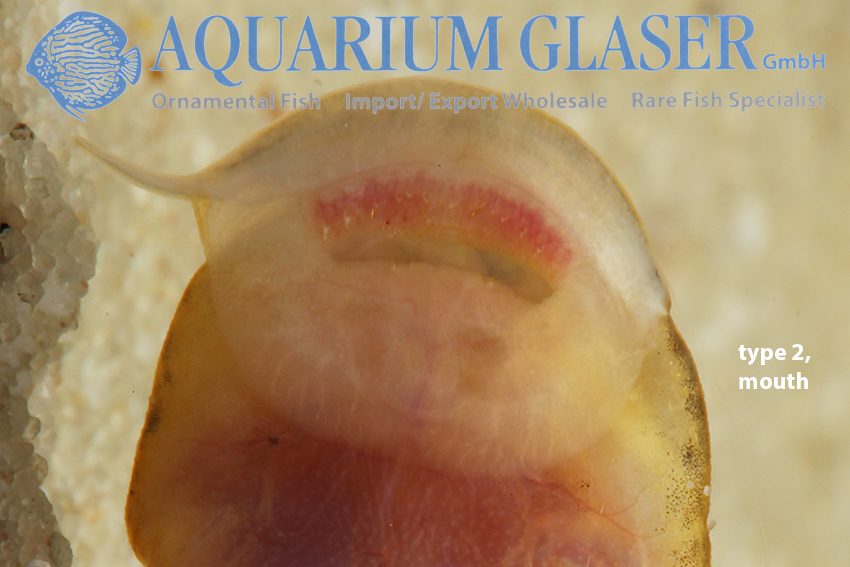
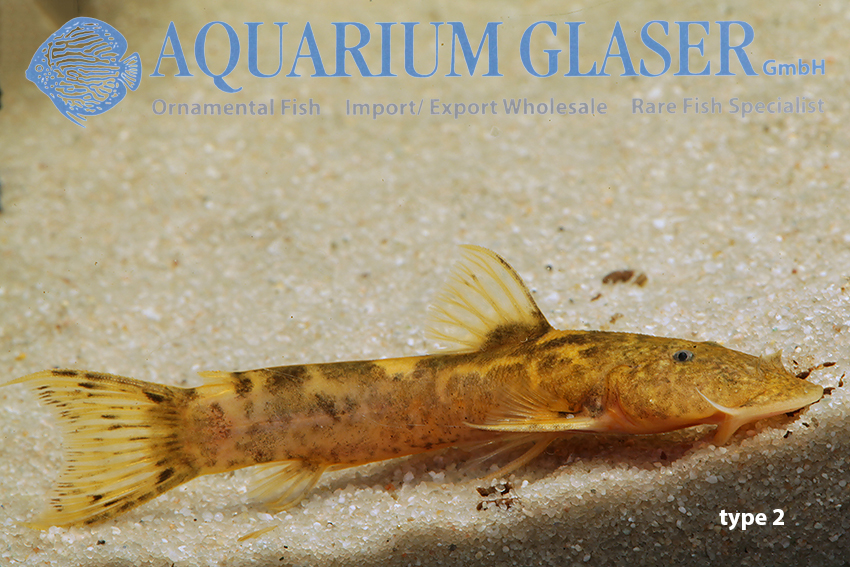
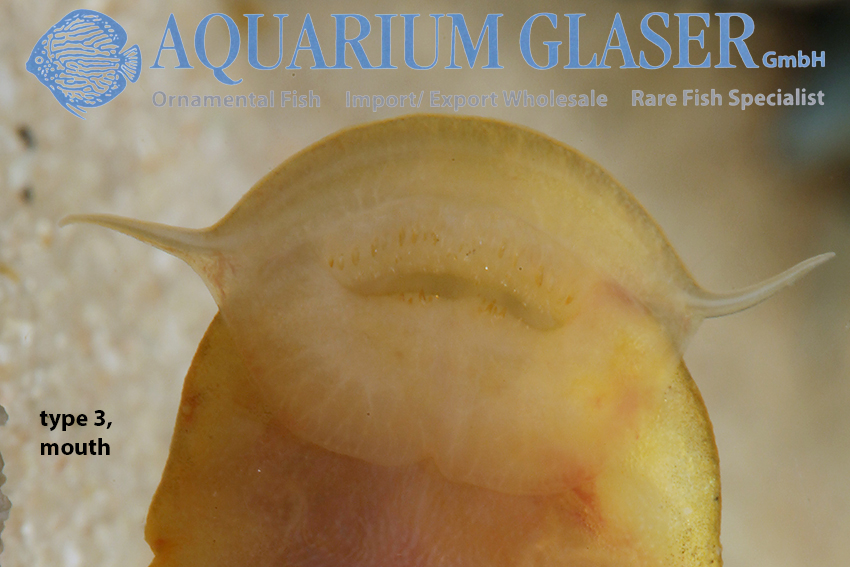
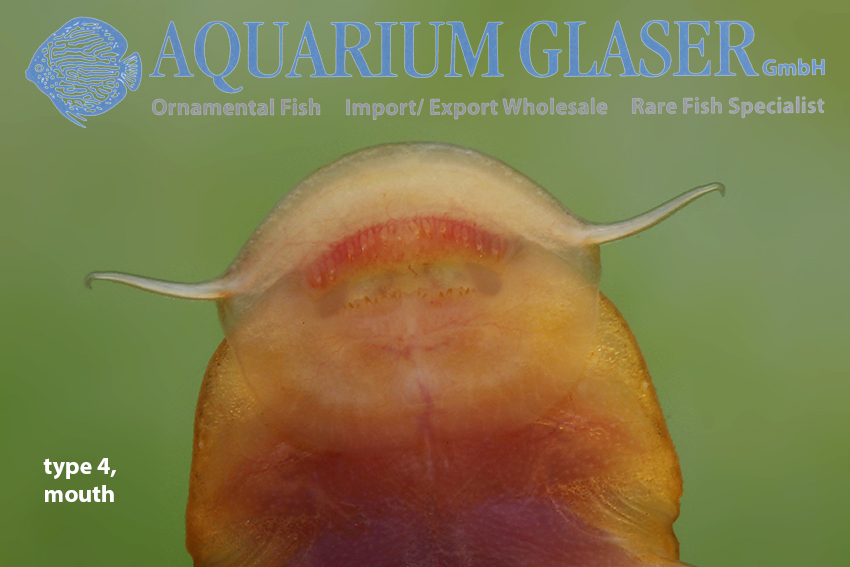
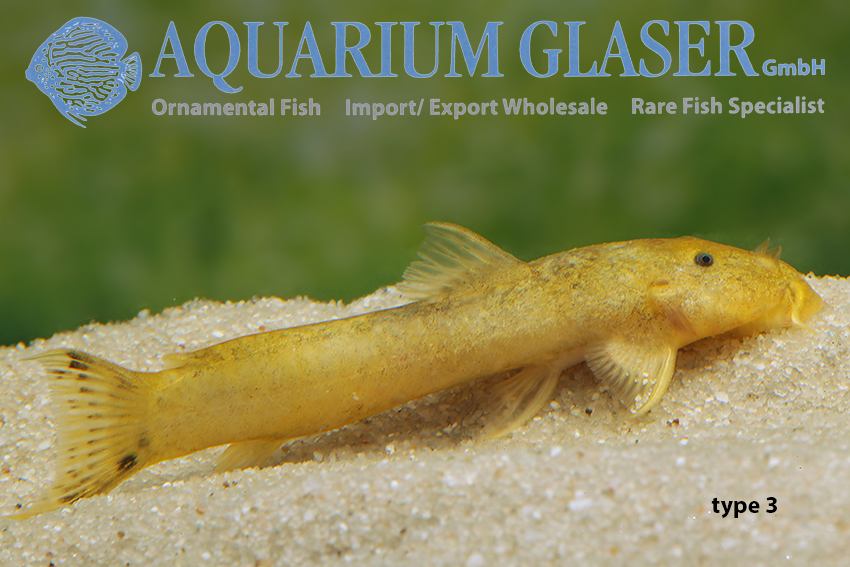
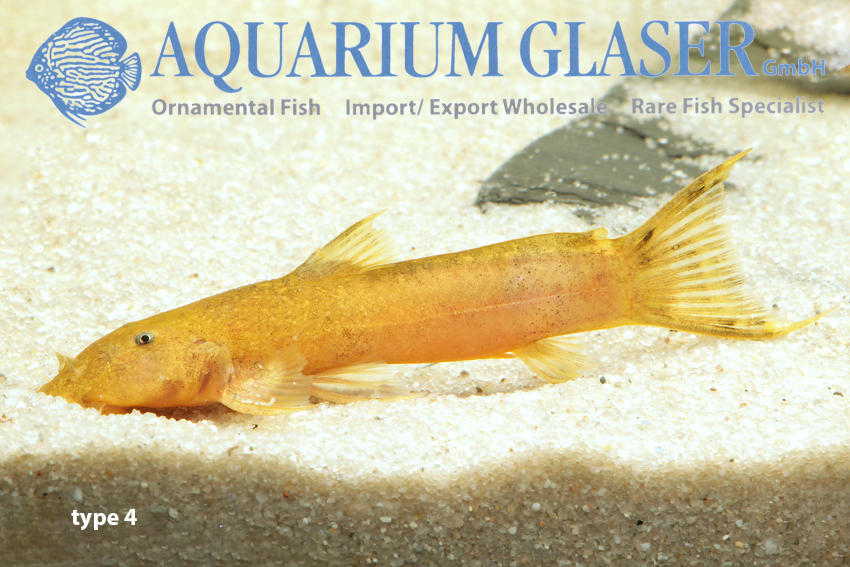
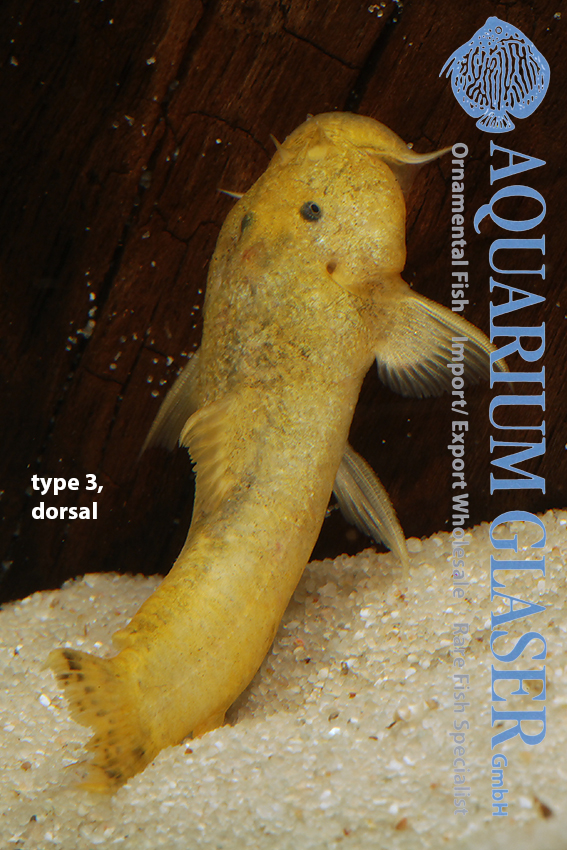
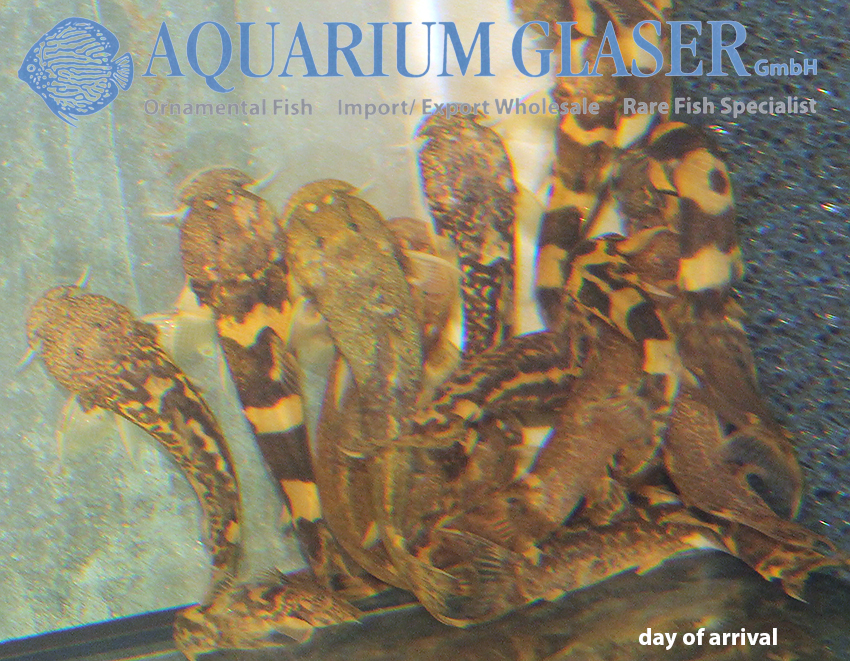
There are currently (as of November 2022) 71 generally accepted species of the genus Astroblepus and they have not been comparatively scientifically studied for over 100 years. In the last 11 years alone, Colombian scientist C. A. Ardila Rodriguez has described 27 new species from Colombia and Peru! It is easy to see that the identification of a species is very difficult, especially since there is practically no aquaristic literature about these fishes.
The largest species of Astroblepus known so far is A. grixalvii from Colombia (Rio Magdalena basin), which can grow to about 30 cm in length. However, most species seem to remain much smaller. No matter if big or small: the flesh of the Astroblepidae is considered to be very tasty and in their areas of occurrence they are therefore eagerly pursued.
Quite recently we succeeded after 2011 (then from Peru) the second larger (thus more than one fish) import of these interesting animals. This time they came from Colombia, but without any indication of origin. This means that they do not even have to be caught in Colombia, because the Colombian city Leticia at the Amazon is located in the border triangle Brazil-Peru-Colombia and is one of the main transshipment points for ornamental fish of all three countries.
Purely optically one can distinguish four color forms with the new import, but whether these are also different species? We are still at the very beginning with our research and do not know yet where the way will lead. One thing is for sure: a very important characteristic for the identification of Astroblepus species is the structure of the adipose keel (upper dorsal edge behind the dorsal fin) and the adipose fin. All four Columbians have a tiny, free adipose fin, but it has a spiny ray and in front of it is a long, flat adipose keel. Differences can be seen in the dentition, the two contrasting phenotypes have red, small teeth in the upper jaw, the solid yellowish fish has small white teeth in the upper jaw and the solid brown has much larger, again red colored teeth. So it all points to at least three species, maybe four. The size of the fish is currently 5-6 cm.
For the care you should consider that Astroblepus need a strong current and cool water (18-22°C). Otherwise the care is similar to Ancistrus species. Astroblepus are peaceful among themselves and against other fish. Our animals are still very shy, which makes photography very difficult. When they get the chance, the catfish hide under root wood.
For our customers: the fish have code 208773 on our stocklist. Please note that we only supply wholesale.
Text & photos: Frank Schäfer




